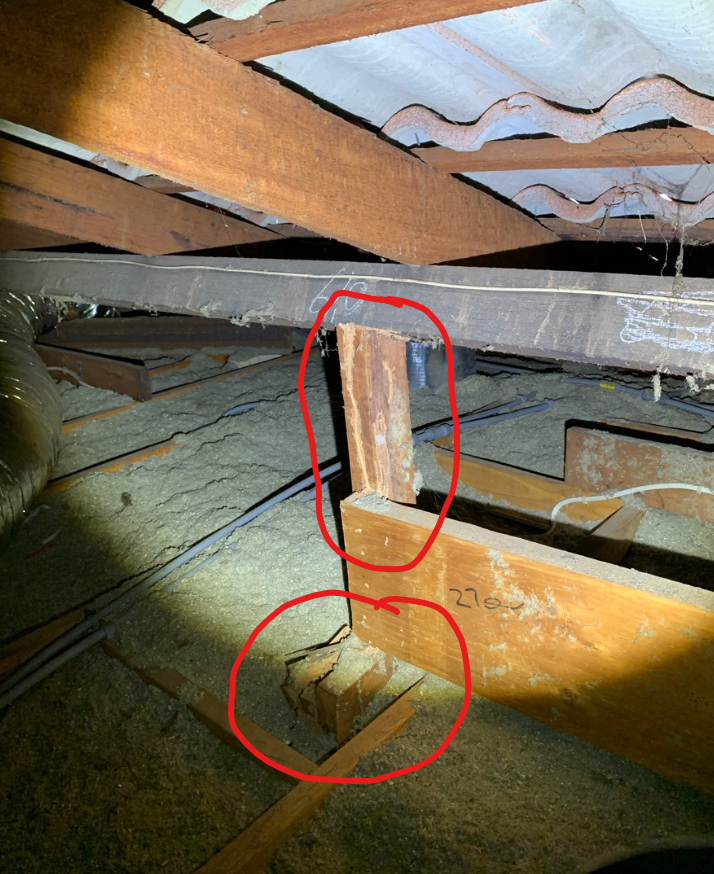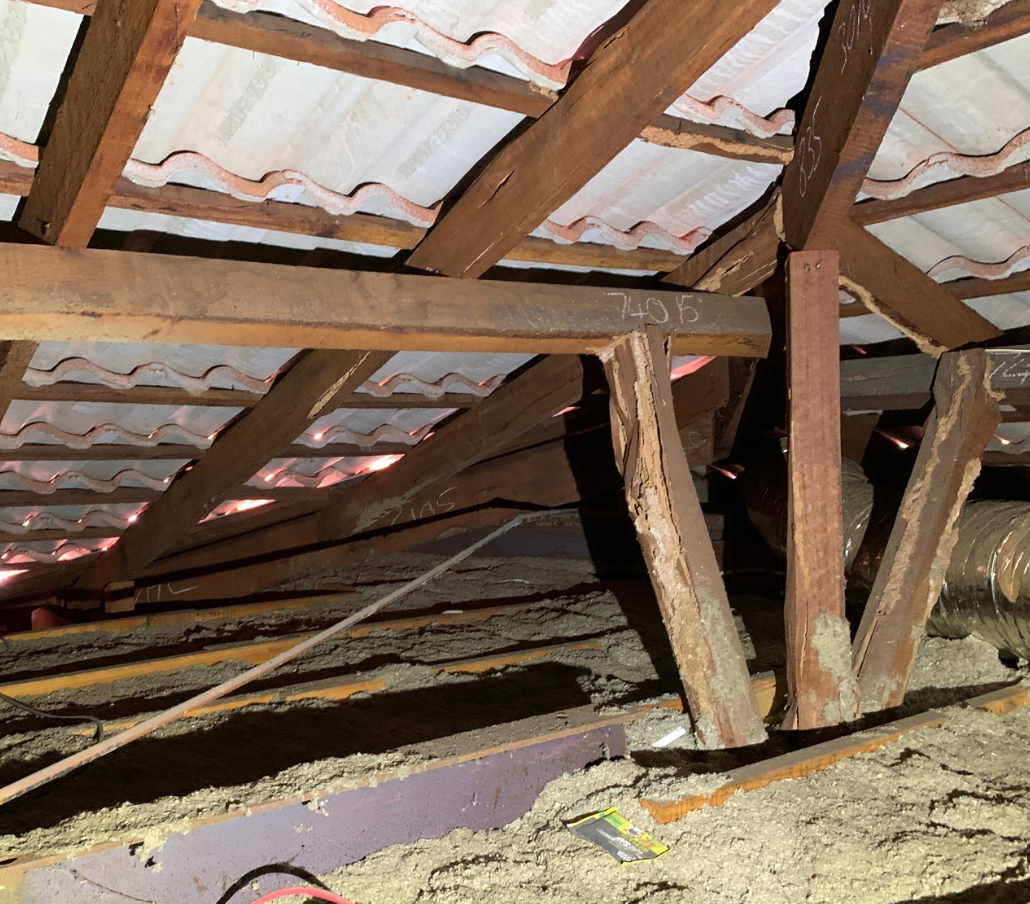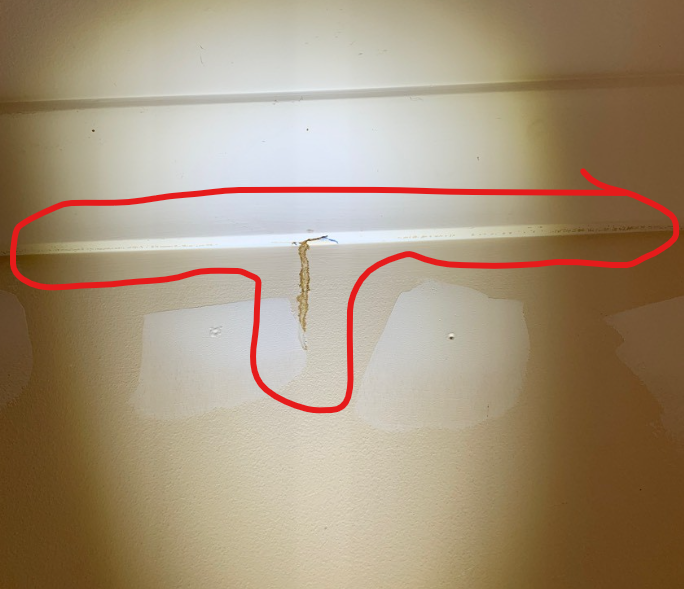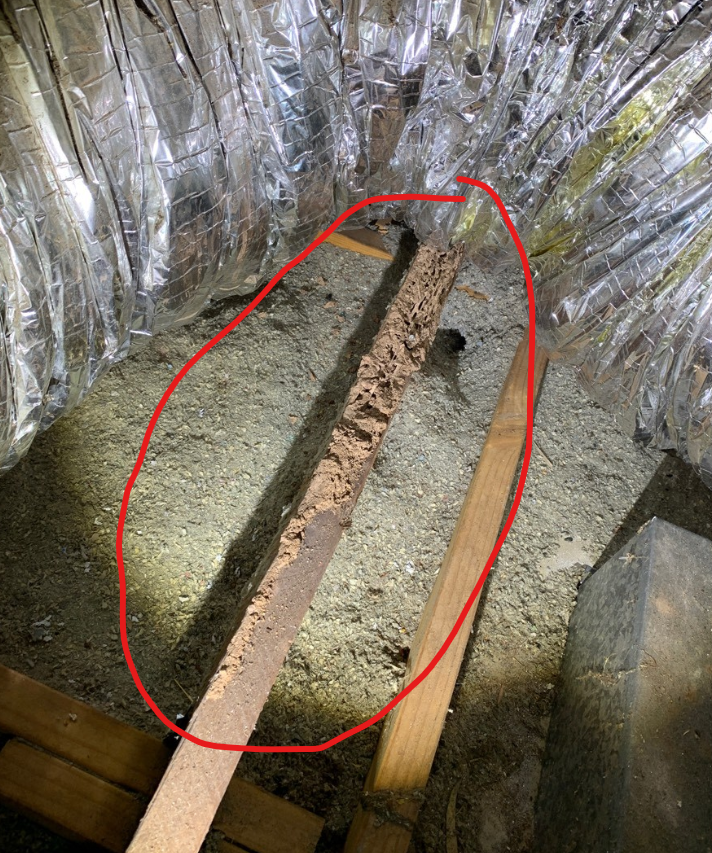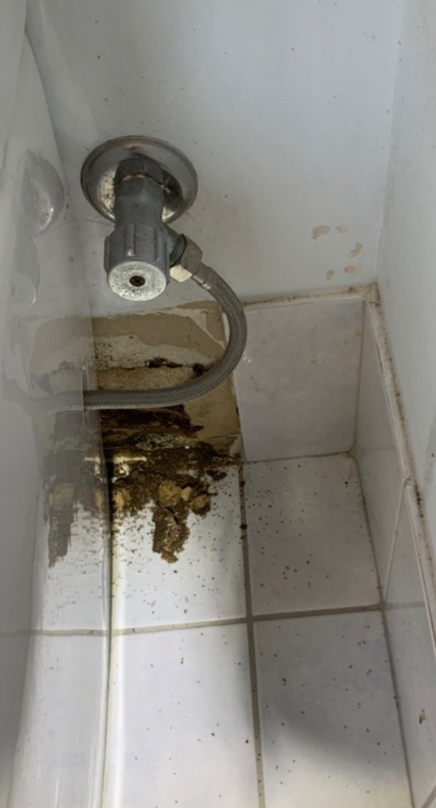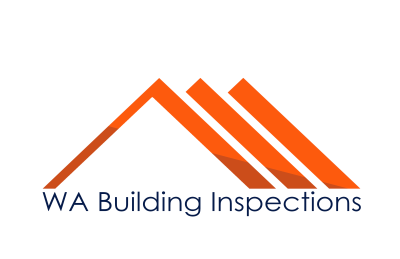Did you know that Termites are Perth's most destructive pests for Homes? These small wood-eating insects can cause extensive damage if left untreated leading to massive and costly repairs and even structural failure. However, many homeowners are not aware of what does termite damage look like, which can make it difficult to detect and address the problem. In this article, I will discuss the signs and symptoms of termite damage, how to identify them, and what steps you can take to prevent and treat them. This all comes from first hand experience from performing building, pest and termite inspections on homes in Perth for over 20 years. Some of the photo's I will share below are shocking.
What are Termites and How Do They Cause Damage?
Termites are small social insects that feed primarily on wood materials. They live in colonies underground or in damp, dark places where they build nests and tunnels. As they feed on wood, they create tunnels and chambers within it, weakening its structure and making it more susceptible to damage. This eventually leads to significant structural damage, which can compromise the safety and stability of a house.
What Does Termite Damage Look Like?
Termite damage can take many forms, depending on the severity and location of the infestation. Some common signs and symptoms of termite damage include:
- Hollow or damaged wood: Termites feed on wood from the inside out, leaving behind hollowed-out or damaged wood. In severe cases, the wood may be so thin that it crumbles when touched.
- Mud tubes: Termites build mud tubes to travel from their nest to their woody food source. These tubes are usually found on exterior walls, foundations, or crawl spaces.
- Swarmers: Termite swarmers are winged termites that emerge from their nest to mate and start new colonies. They are often mistaken for flying ants and are most commonly seen in spring in Australia.
- Droppings: Termites produce tiny, pellet-shaped droppings called frass, which can be found near woody feeding sites.
How to Identify Termite Damage?
Identifying termite damage can be tricky for the average person, especially if you are not familiar with the signs. If you are not comfortable assessing it yourself, call us for a termite inspection perth for peace of mind. A termite inspection takes about 2 hours. Find out why a Termite Inspection is Important When Buying a Home.
There are some steps you can take to help identify termite damage such as:
- Inspect the outside of your house for mud tubes, termite wings & other signs of termite activity listed above.
- Look for hollow or damaged wood in your home such as in your walls, floors or ceilings.
- Tap on wood surfaces to see if they sound hollow or if the surface cracks easily.
- Check for frass or termite droppings near areas where you suspect termite activity.
Most Common Area of Termite Damage in Homes
Termites can cause damage to any part of a home that contains wood materials. However, the most common area for termite damage is the roof! Structural framing such as roof rafters, floor joists and wall studs are all havens for termites and we regularly find termite damage here.
Check out these photos from a recent termite inspection we performed in a house in Perth that the owners said "creaked a lot". It's no wonder why!

